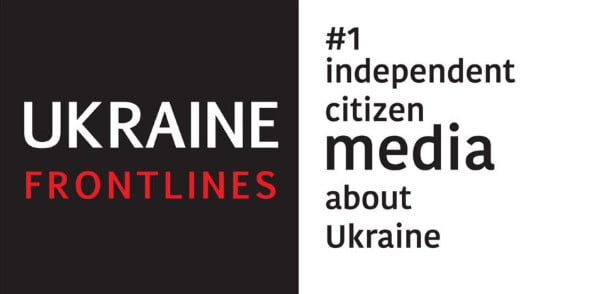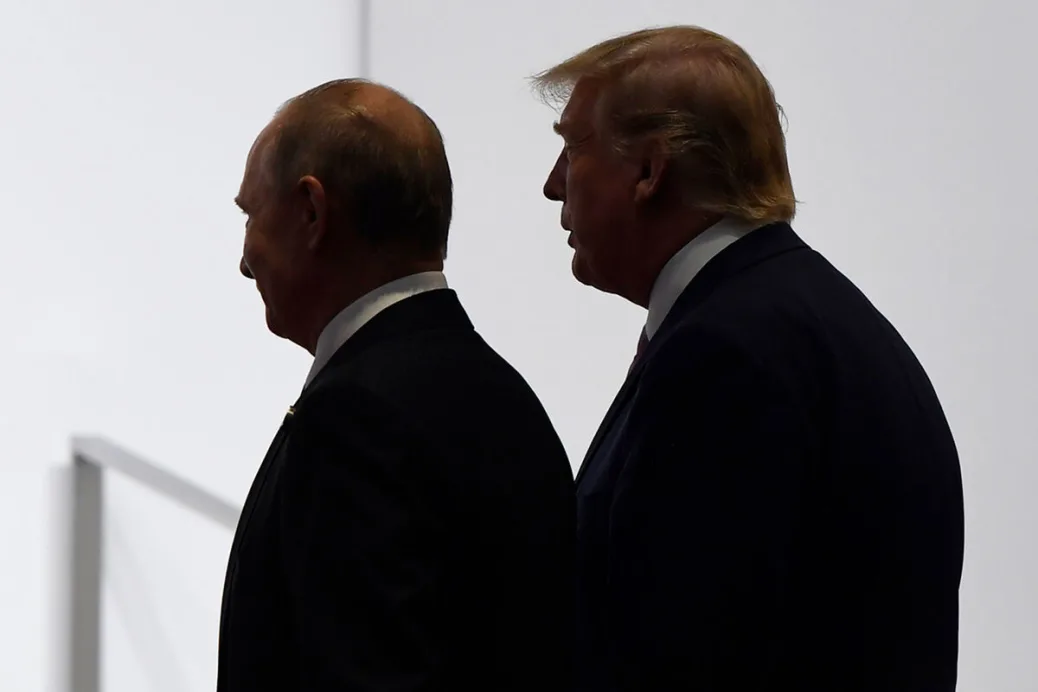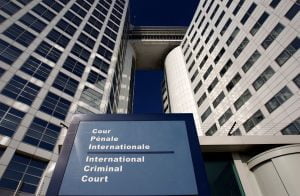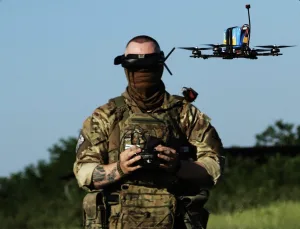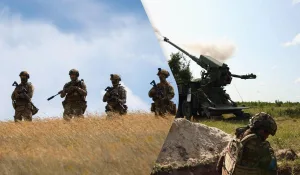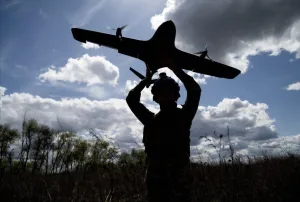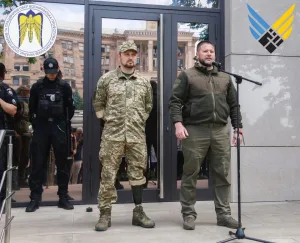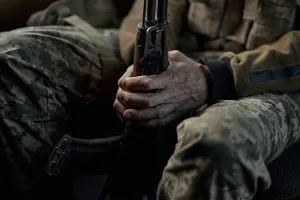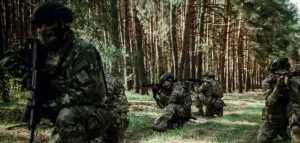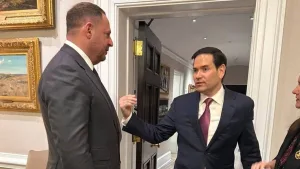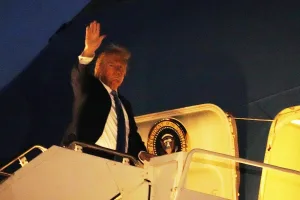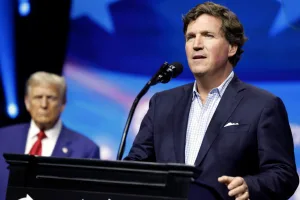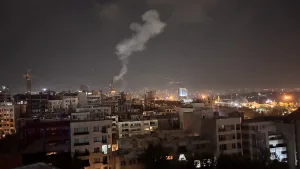During the negotiations, Putin secured the most critical thing for himself—time. However, as always in such cases, he has also narrowed his room for maneuver.
Trump’s key goal remains a ceasefire as the starting point for negotiations.
For Ukraine, it is crucial that the White House, through Rubio, firmly stated that the issue of halting aid to Ukraine, including intelligence support, was not discussed at all. Notably, the Kremlin had previously presented this as its main condition for continuing peace talks.
Now, back to Putin. His strategy appears to be as follows:
- Buy time and try to entangle the U.S. as much as possible in a joint case with Russia on Iran, as well as push forward an economic “big deal” that was previously proposed to the Americans in Riyadh.
- Blame Ukraine for disrupting negotiations to pressure the U.S. into cutting aid.
- Oppose the deployment of peacekeepers but later attempt to use them as leverage to gain recognition of occupied territories as Russian.
- Destabilize Ukraine internally.
As we can see, everything is quite primitive.
Now, regarding the timeline: If Trump’s scenario unfolds as planned, he would like to sign a ceasefire by April 20 (Easter). After that, Putin would still have at least 30 more days to implement his plans. Most importantly, during this time, Trump would be unable to impose tough restrictions on Russian oil exports. In other words, Putin has just gained about 60 days.
Everything else—such as claims that the Americans have abandoned Ukraine—is, for now, just a myth.
Tags: peace plan peace talks Putin russia ukraine war trump